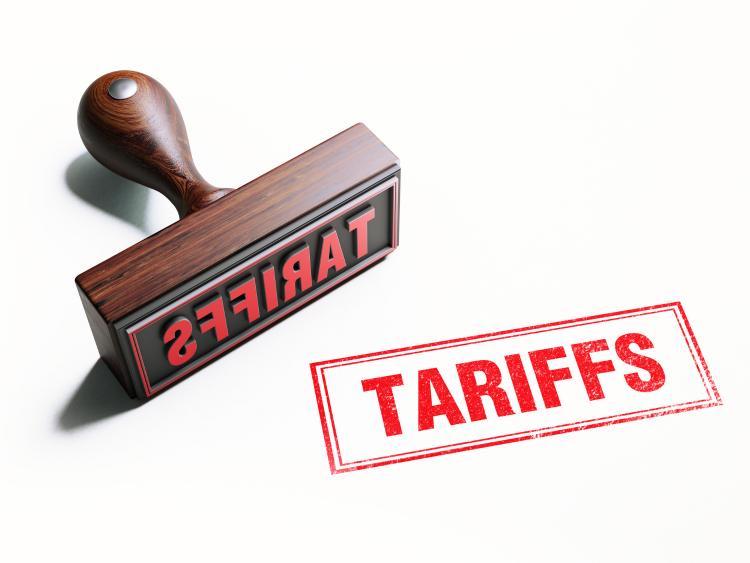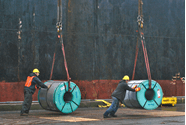Steel Markets

Oil & Natural Gas Rig Counts Remain Low
Written by Brett Linton
May 22, 2015
According to Baker Hughes data from May 22, 2015, the U.S rig count for the week was 885 rigs exploring for or developing oil or natural gas. The last time the active U.S. count was this low was back on June 12, 2009 at 876 rigs.
This week’s total rig count is down 3 rigs when compared to last week, with oil rigs down 1 to 659 rigs, gas rigs down 1 to 222 rigs, and miscellaneous rigs down 1 to 4 rigs. Compared to this time last year, the 885 count is down 972 rigs, with oil rigs down by 869, gas rigs down by 103, and miscellaneous rigs unchanged.
The decline in the drilling of new gas and oil wells is having a direct impact on the amount of line pipe, storage tanks, and OCTG that is being used by the energy sector. A good portion of these products come from hot rolled coil or plate substrate, and are reasons for both the short lead times on hot rolled and plate at North American steel producers and the falling steel prices we have seen going back to mid-2014.
The situation in Canada is just as bad as the U.S. with total rigs down over 50 percent compared to this time last year. The Canadian rig count decreased by 5 to 72 rigs this past week, with oil rigs up 3 to 24 rigs and gas rigs down 8 to 48 rigs. Compared to last year the 72 count is a decrease of 82 rigs, with oil rigs down by 41 and gas rigs down by 41. International rigs decreased by 49 to 1,202 rigs for the month of April, a decrease of 147 rigs from the same month one year ago. For a history of both the US and Canadian rig count click here.
About the Rotary Rig Count
A rotary rig is one that rotates the drill pipe from the surface to either drill a new well or sidetracking an existing one. They are drilled to explore for, develop and produce oil or natural gas. The Baker Hughes Rotary Rig count includes only those rigs that are significant consumers of oilfield services and supplies.
The Baker Hughes North American Rotary Rig Count is a weekly census of the number of drilling rigs actively exploring for or developing oil or natural gas in the United States and Canada. Rigs considered active must be on location and drilling. They are considered active from the time they break ground until the time they reach their target depth.
The Baker Hughes International Rotary Rig Count is a monthly census of active drilling rigs exploring for or developing oil or natural gas outside of the United States and Canada. International rigs considered active must be drilling at least 15 days during the month. The Baker Hughes International Rotary Rig Count does not include rigs drilling in Russia or onshore China.

Brett Linton
Read more from Brett LintonLatest in Steel Markets

CRU: Sheet import demand softens as domestic price gains have slowed
US domestic sheet price gains have begun to slow as previously pulled-forward demand has led to a decline in orders.

CMC looks beyond Arizona micro-mill woes to long-term viability of construction mart
Despite the economic and geopolitical upheaval of the last five years, CMC President and CEO Peter Matt points out that the construction market has been an essential element of the way forward.

US importers face stricter rules under revamped S232 tariffs
“CBP expects full compliance from the trade community for accurate reporting and payment of the additional duties. CBP will take enforcement action on non-compliance," the agency said in a March 7 bulletin.

Steel exports rebound in January
US steel exports recovered to a five-month high in January after having fallen to a two-year low in December. This growth follows four consecutive months of declining exports.

Construction spending drops marginally in January
Construction spending edged down slightly in January, slipping for the first time in four months. The US Census Bureau estimated spending at a seasonally adjusted annual rate of $2,196 billion in January, down 0.2% from December’s downward revised rate. The January figure is 3.3% higher than a year ago. January’s result, despite the slight erosion, […]

